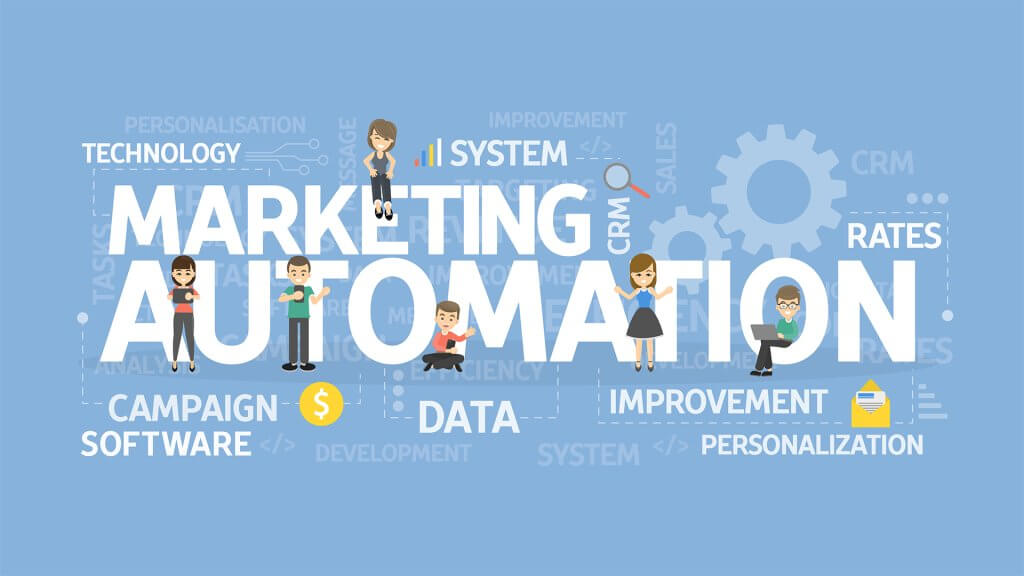The low-code tech simplifies modern business activities through advanced tools and features. It’s quite a boost for many start-ups and established businesses. The technology requires fewer development funds but offers high productivity—a rare balance for businesses using traditional coding systems. Low code helps Companies build business-related apps without coding or hiring a professional workforce. It’s a fast and effective system that suits customers and Entrepreneurs.
Low code incorporates other digital platforms to help ease business production. Organizations investing in Low code systems can automate their workflow and improve the business process. The system transforms basic IT users into citizen developers. It’s an advanced technology for non-technical teams making business operation easy for all departments.
Application building entails experts, advanced platforms, time and resources. However, low code narrows the requirements to visual graphical features that require drag and drop to build apps. The system eliminates the need for IT specialists, resources, longer process time and potential errors.
What can organizations build using low code platform
Low code systems offer a sense of creativity, giving business room for expansion and innovation. There is a various application that is easy to build with low code as follows.
- Workplace apps
- Process automation app such as workflow software.
- Employee engagement apps
- Customer services apps
- Line of business apps
- Operation improvement apps.
Low code and customer relationship
Low code platforms are designed to help in the application building process. The system doesn’t seem to favour customer relationship building. However, the system has a significant impact on organizations in fulfilling customer demands. Today customers tend to work with digitalized businesses. They want fast quality services. Companies need to grab every digital tool to improve and deliver services on time.
The low code platforms help reduce the new pressure by introducing an automated system and fast application development. New business apps allow customer’s access services online. Today customers can request products and services online. They can also pay via convenient online platforms without leaving their homes. Low code opens for team collaboration, thus merging all departments under one system. This improves customer relations as the teams offer the same quality services with the aim of high productivity.
Steps to build low code apps
Though low code offers citizen developers chances to create a new application, the process requires some commitments and plans. The developers need to address the what, why, when and how questions. It’s advisable to develop a productive application and not just any app.
First, establish the need of building the app.
Besides the freedom of building business fast without professional help. Organizations or IT departments should have proper plans when developing any application. The entrepreneur needs to discuss with teams members. The team’s contribution has had a great impact on the formation of the app. After listening to all opinions, create a comprehensive app to suit different needs.
Layout the needs and plan
To have an effective plan divide the plan into achievable sections such as basic, sub-basic needs. Organizations can lay out a plan which involves primary and secondary needs. For example sales application, the team should consider customer details, ease of use and how to communicate and deliver through the app effectively.
Merge the modules
When laying out the plan, the user segments the plan into parts called modules. Each module has a specific function in the app development process. The modules are parts that help build an app to complete the system. After getting the correct module details, merge the parts to have a complete app.
Test the app
Once you merge the application, have a pilot program and test the functionality. This will help developers adjust or correct possible errors. Now make the changes and implement the app again to see the results. Once satisfied, the Company can launch the app and evaluate the production level.
Ensure to add and modify the app as time goes
Companies can never finalize designing an application. They need to keep adjusting and adding new features to suit the Companies and customers’ needs.
Organizations can follow the simple steps to create various business applications. They can also hire professionals based on the complexity of the applications. However, a low code system provides simplified features to help any developer.
Why businesses should implement a low-code system
Low code primary aim is to ease business operation and increase productivity. The process automates different functions giving the employee time to implement new plans. There are several factors why businesses should consider low code platforms.
User-friendly features
A low code system is easy to utilize for any user. It’s designed with a user-friendly interface that contains visual graphics. The features operate through drag and drop, making it easy for citizen developers to create new apps. Note low code systems also work for IT developers and programmers. They help organizations build strong and secure systems. IT developers find it easy to use low code, unlike the traditional coding system, which took longer to develop.
Cost-saving
Low code systems don’t require a specialist to build a business application. The system suits non-technical teams that build any application through visual graphic features. The process saves time and cost, which is directed to new projects. Traditional coding took months to build and also required IT professionals or developers to build.
Inclusivity and collaboration
The majority of low code platforms easily merge with the existing business system. This helps teams learn fast and produce more. Organizational departments can collaborate by utilizing single apps for various services. The link offers the same business goal for all team members.
Unlimited app usage
Today businesses can create an application to cover different services. It helps automate all services, thus relieving the employees. Low code apps are not limited to one service/operation. The user can modify or incorporate a new service in one app. The app can easily fit new market changes without the need to develop new applications.
Conclusion
Low code applications developed require a good plan to avoid business frustrations. Businesses should offer all stakeholders (employees, customers, entrepreneurs) to view their opinions before creating any app. It’s wise to analyze the importance of the app and the strategies in which you will implement the app.








